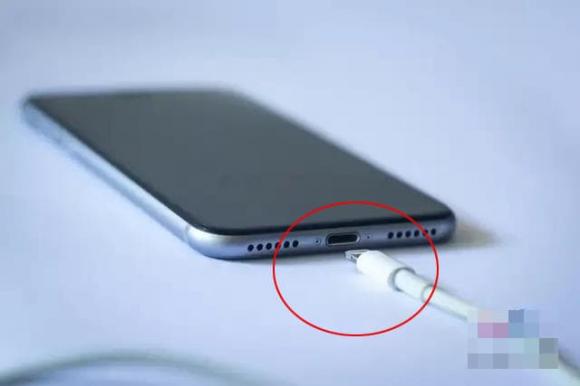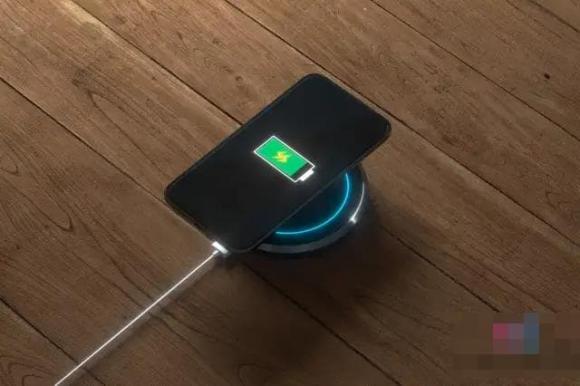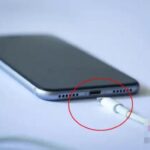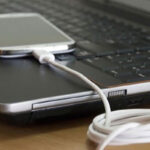Let’s explore these fascinating facts together
1. Why are mobile phone charging ports located at the bottom?
– Less dust accumulation: Placing the charging port at the bottom means it collects less dust over time, which could hinder the charging process if left unattended.
– Convenience when answering calls: Having the port at the bottom eliminates the need for tangled wires when answering calls, making it a more convenient design choice.
– Better data line protection: Placing the port at the top increases the chances of bending the data line when pulling the phone out, potentially damaging the data transmission.
– Rational circuit board layout: The typical mobile phone design places components like the camera and chip at the top, with the battery at the bottom. This arrangement optimizes space and resource utilization.

2. When putting a mobile phone in your pocket, does it matter if it faces up or down?
For those who prefer to keep their phones in their pockets, here’s a tip: Experts advise that the charging port should face upward when placed in your pocket.
– Pocket lint: Over time, your pocket may accumulate lint, and if the charging port faces downward, it can be challenging to clean and may lead to poor contact.
– Metal debris: If there are small pieces of metal in your pocket, they could enter the phone through the charging port and cause a short circuit during charging, damaging the phone’s motherboard.
3. How should you charge your phone to prolong its lifespan?
Mobile phone explosions make headlines every year, and 80% of the time, it’s due to improper charging habits.
Let’s revisit the correct way to charge a phone battery:
1. Avoid deep discharge: Don’t wait until your battery is almost empty before recharging. This practice severely stresses the battery.
2. Proper charging sequence: Always connect the charger to the power source first, then to your phone. When unplugging, detach the phone first, followed by the power source, to protect your battery better.
3. No phone usage while charging: The harm in playing with your phone while charging lies not in increased power consumption but in the heat generated. This practice reduces battery life and may even cause the battery to explode.
4. Opt for the original charger: Official chargers are designed to match your phone’s performance and model, offering better protection for your battery. They also tend to charge faster and more efficiently.

According to Cong Ly & Xa Hoi
Why Are Mobile Phone Charging Ports Located at the Bottom?
The evolution of the smartphone has seen a curious shift in the placement of charging ports. Once upon a time, when smartphones were first gaining traction, it was common to see charging ports located either on the top or side of the device. However, in a bid to streamline design and functionality, manufacturers have almost universally moved the charging port to the underside of the phone. This strategic relocation has become the industry standard, but it begs the question: what prompted this change?
The Surprising Afterlife of Old Batteries: Uncovering the Hidden Uses
Old batteries actually have many useful purposes. However, not everyone knows this. In fact, most people are unaware of the potential that lies within these seemingly useless items. With the right knowledge and skills, old batteries can be given a new lease of life and put to good use. From powering small appliances to being used in creative DIY projects, there’s much more to an old battery than meets the eye. So, before you discard your next old battery, stop and think about the hidden possibilities it may hold.
5 Secrets to Super-Fast Phone Charging: Keep Your Battery Healthy
Introducing a game-changing guide to supercharging your iPhone’s battery life. Uncover the secrets to shaving down your charging time by half, and enjoy a faster, more efficient iPhone experience. This article is a must-read for all iPhone users seeking to optimize their device’s performance and spend less time plugged into the wall. Get ready to revolutionize the way you charge!




































